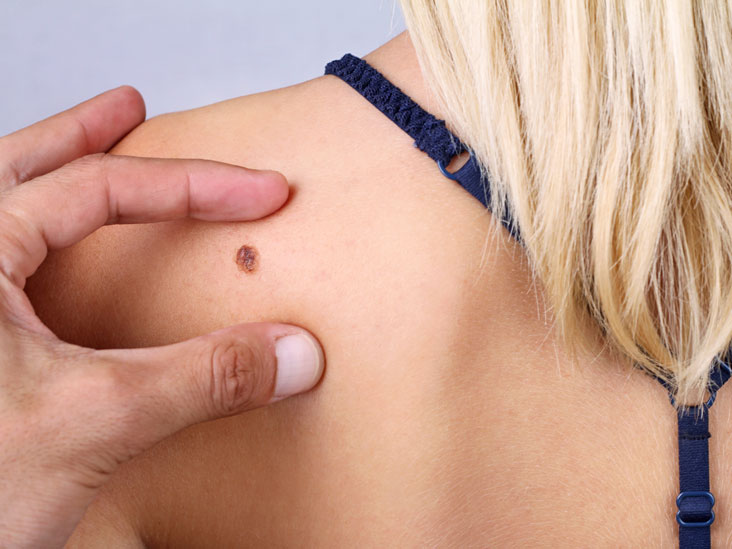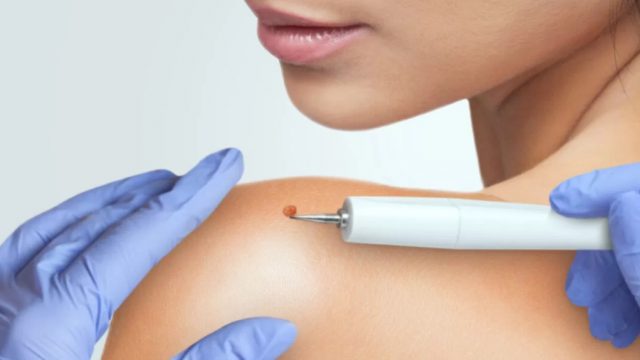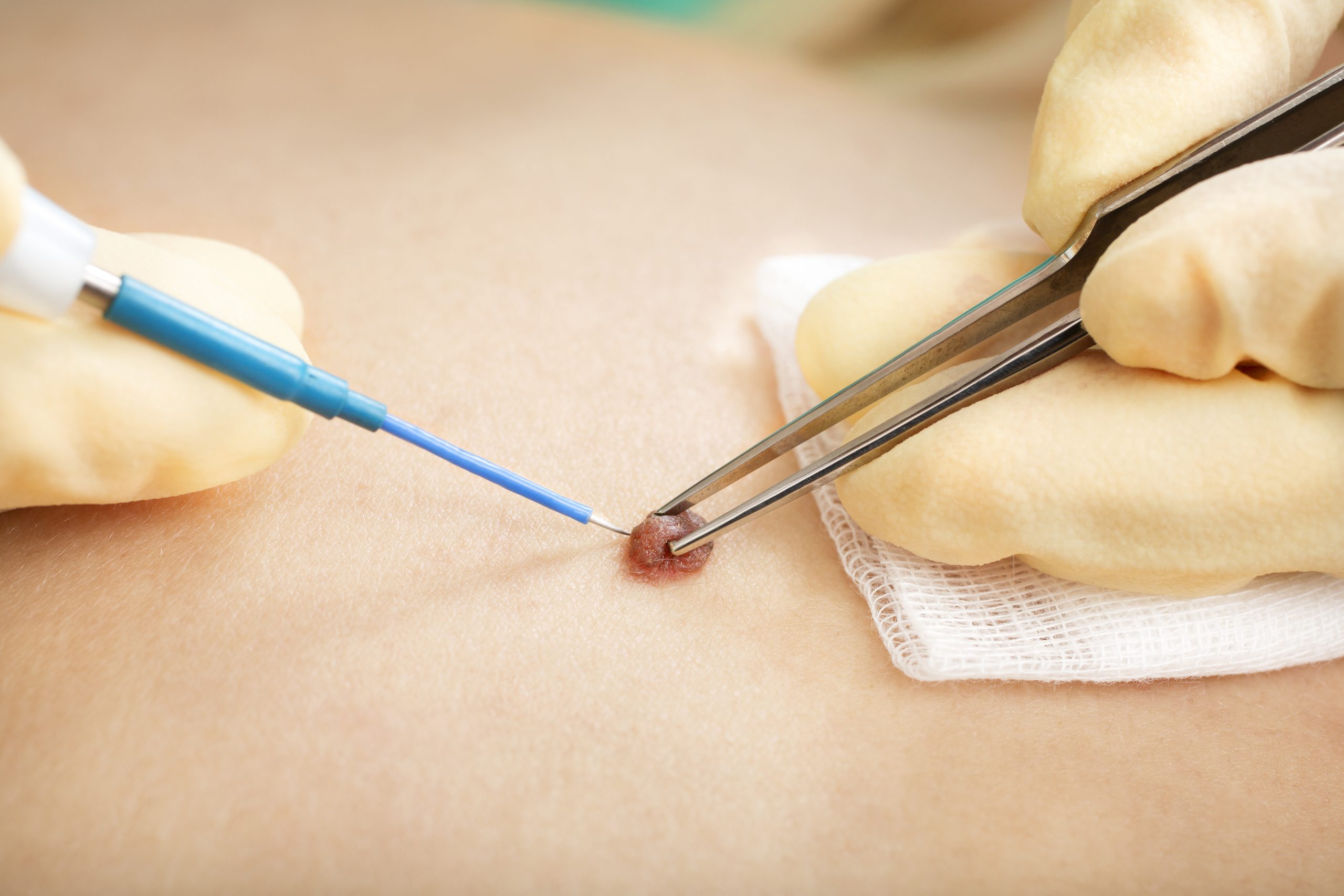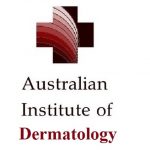Removal of "benign but bothersome" lesions
Not all skin lesions are cancerous yet may still cause a lot of concern or aesthetic discomfort. Fortunately, there are several methods of removing these safely!
Some of the treatment procedures we offer include cosmetic anti-wrinkle injections, electrodiathermy (a.k.a. hyfrecation or cautery), cryoablation, curettage, microneedling, and surgical removal of lesions.
You are invited and encouraged to discuss your concerns during your consultation to find the latest evidence-based treatment suggestions and options.
Many spots, growths, and lesions we developed during our lifetime are not necessarily cancerous, yet they may cause irritation, functional or cosmetic frustration, or even embarrassment. This is the definition of a benign, yet bothersome, spot.
Examples include the following: cherry angiomas and other vascular lesions, seborrhoeic keratoses, pyogenic granulomas, flat warts, small skin tags, and many others.
And you do not have to accept these spots as permanent if you choose not to. Many modern technologies and innovations have revolutionized the approach to cosmetic micro-surgery, or non-invasive skin surgical techniques.
Examples of these modalities which we use include electro-surgery (e.g., hyfrecation, electro-dessication, radio-frequency ablation), cryotherapy, LED phototherapy, and minor invasive surgical removal of superficial skin lesions.
Electrocautery is an effective medical technology to remove these benign (non-cancerous) skin growths. This procedure uses heat from an electric current to destroy abnormal tissue, such as a tumour or other lesion. Simultaneously it also used to control bleeding during surgery.
Prior to the treatment a local anaesthetic will be administered, to ensure your comfort throughout the treatment. The procedure involves using a light electrical current to heat up the skin, in order to achieve tissue destruction in a very narrow and targeted location.
The treatment may leave a small scar.
Radiofrequency surgery is the application of high frequency radio waves to tissue to cut, coagulate or destroy tissue. It is an effective way of removing raised moles and other skin lesions with minimal scarring. Similar to electrosurgery in many ways, you will receive local anaesthetic prior to the procedure, and the treatment may leave a small scar.
Cryotherapy using liquid nitrogen involves the use of a cryospray, cryoprobe or a cotton-tipped applicator. The nitrogen is applied to the skin lesion for a few seconds or longer, depending on the type of lesion and the diameter and the depth of freeze. The treatment is repeated in some cases, once thawing has completed. This is known as a ‘double freeze-thaw’.
Cryotherapy is effective to remove pigmented lesions in some instances, yet may itself cause hyper- or hypopigmented treatment marks.
The million dollar question. Almost every treatment of the skin may lead to some form of scar. Sometimes these may be very faint marks, such as a minor pigmentation blemish. Sometimes there will be a surgical scar, or a hyper- or hypopigmentation mark.
Most times these are very minor and hardly noticeable, yet is a undeniable fact that any treatment modality applied to the skin may leave a permanent mark. If your goal is cosmetic improvement, you will always benefit from a treatment such as these mentioned. If your goal is perfection, there may not be a treatment invented yet that can satisfy that demand.
Cosmetic procedures are not covered by Medicare or private health insurance, and will incur a separate fee. Occasionally there may be some benefit if the treatment is medically indicated (e.g., treatment of hypertrophic scarring).
Our doctors and staff will explain in more detail prior to starting any treatment.
You will always be provided a detailed fee estimate prior to any treatment at DermaSurg.

















